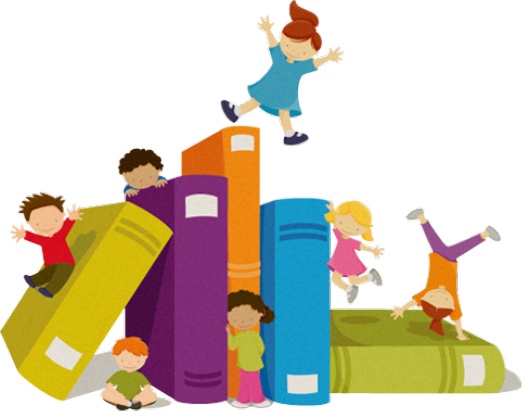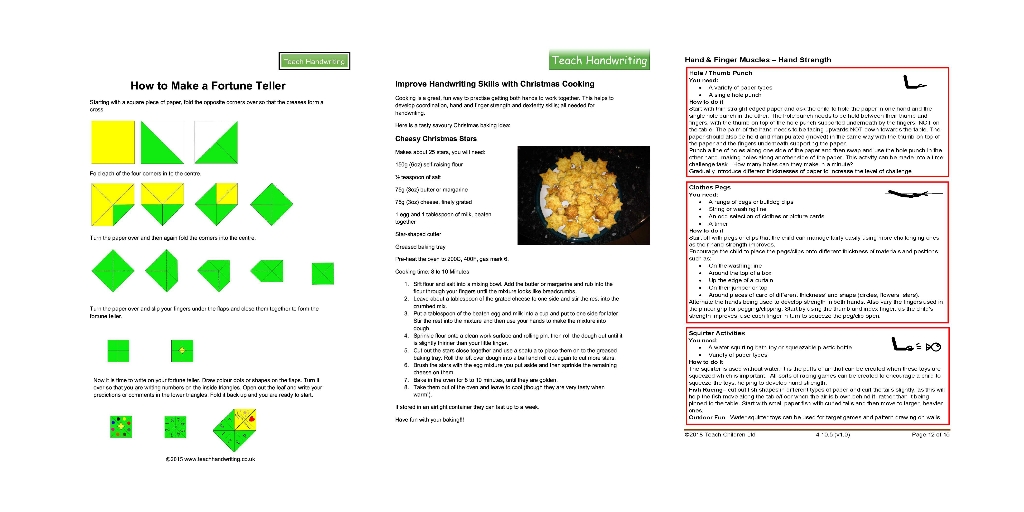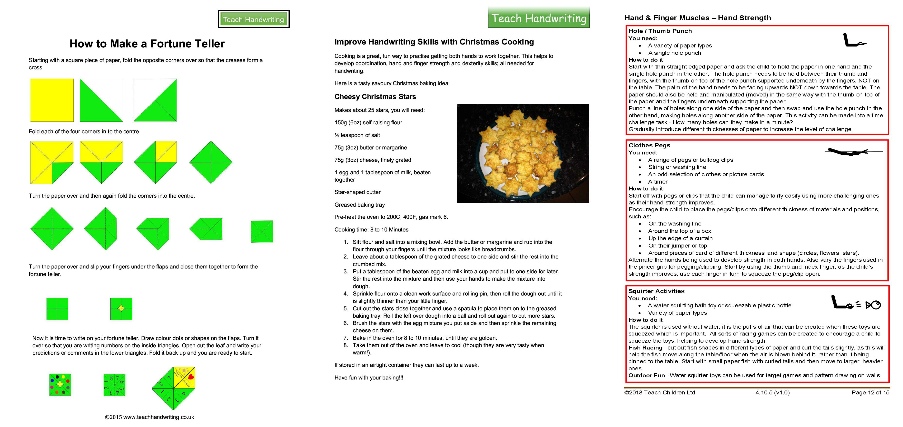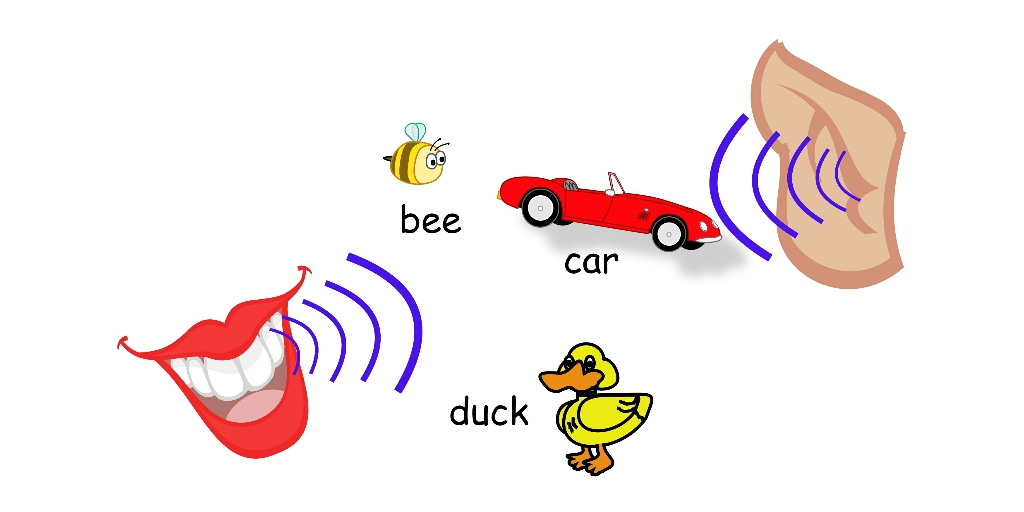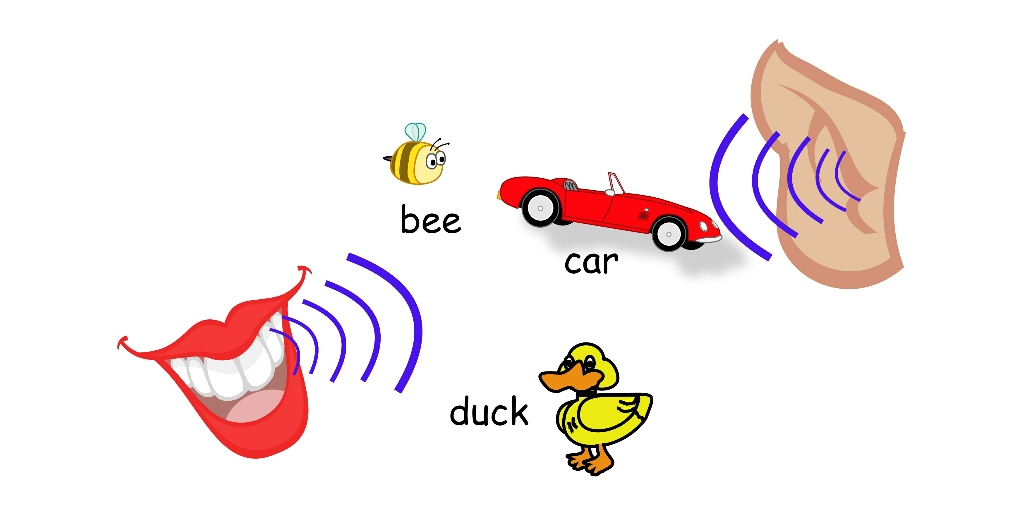
Vocabulary is knowing the meaning of words including names of things, feelings, concepts and ideas. The larger a child’s vocabulary (understanding what words mean not just being able to say them) the easier it is for them to understand what they are reading.
The more you talk and share words and their meaning with your child the greater their vocabulary will become.
Vocabulary building:
Through Play:
- Introducing and playing sorting games helps your child to build a mental filing cabinet system of categories, this helps them to remember and learn the meaning of words. Start by introducing simple categories of everyday items like food or clothes as their vocabulary increases categories such as colour, size and texture become more appropriate.
- As babies handle objects and toys describe how they feel, what they look like or the sound they make
- When you are playing with your child add in new words (explain their meaning), descriptions or expand on words they use in play. For example, if you are playing cars with your child you may comment on the size difference or colours between the cars.
- Remember children learn new words best when they are learned in context, that is, in a natural setting.
- If they are trying to say a word let them finish and then say it back to them clearly and correctly. Do not make them repeat it back to you, they may choose to do so but make it their choice.
Through Drawing/Writing
- When drawing or painting with your child, or they are sharing their pictures with you, talk about the shapes, colours types of lines (straight line or curves line), what you like best about the picture, and the objects you can see.
Through Songs and Nursery Rhymes
- Listening of nursery rhymes and children’s song is a good way of helping your child make the distinction between the music and words (language used) in them. It is a good idea to practise this skill when there are no other noise distractions.
- Try playing some action songs and rhymes to help your child learn the actions for the rhyme, then let them have a go on their own. Watch them to see if they can do some of the actions at the right time in the song, to see if they are listening for the right cue words. If they are struggling, explain they have to wait for certain words and show them what to do and when to do it.
- Nursery and silly rhymes are great ways to introduce your child to rhyming sounds and increase sound play in words.
- Singing often slows down our pronunciation of words, helping your child to pick out unusual or rhyming sound patterns. As with reading aloud it can introduce a wider vocabulary for your child.
- Finger rhymes and action songs encourage your child to interact with words, the sounds within them and the rhythms they create. Finger rhymes such as ‘Round and Round the Garden’, ‘Pat-a-cake’ and ‘Incy Wincey Spider’. ‘Row, Row Your Boat’ is a lovely whole-body movement song that encourages a rhythmic whole-body motion, which babies and toddler enjoy (as well as the adults).
Through Talk
- Speak in ‘parentese’- you to talk to them using regular words (normal adult vocabulary) in a slightly higher pitched and more sing-song way; until a child is about 9 months old as they will listen to you longer and hear more words.
- Talk about feeling and situations throughout the day.
- When your child points at something tell them the name of the object, for example if they point at an apple, say “Apple”.
- Explain words or give synonyms
- Avoid replacing unfamiliar words with familiar ones (explain the meaning). Remember to try to use the new word in context regularly as repetition of the word will help your child to remember it and reinforce the meaning of the word.
- Repeat and expand on what your child says, so if they say “Dog!” you may say “A big dog!” This also helps them to develop an understanding of sentence structure.
Through Book Sharing
What books to choose?
- Books with words not used in everyday conversation.
- Non-fiction books (informational, instructional, true stories) -as they use different words to fiction (story) books.
- Any book really. The language of books in much richer and varied than that of everyday conversation.
Book Sharing Tips
- Sharing and talking about the books you are reading helps to build word knowledge, as you point to the pictures, picking out different objects.
- Reading out aloud helps to introduce your child to words that they may not experience in their everyday talk. This helps to expose them to new vocabulary and the sounds to be found in those words.
- Reading aloud poems and story books with strong rhyme elements, like those found in Dr.Seuss books, helps introduce the new words and rhyming sounds in words.
- Try exaggerating the rhyming words to help highlight the sound patterns, making it easier for your child to tune into them.
- Explain unfamiliar words; don’t replace them with familiar ones.
- When a word has more than one meaning. Talk about the different meanings.
- Add descriptive words or more information than in the book.
- Encourage your child to talk about the pictures. Add information and ideas to what they have said.
- Use words to describe how characters in the book might have felt at a point in the story.
- Use words to describe ideas in the story even if they are not used in the book.
- Remember children learn new words and their meaning through repetition, so you will need to be patient as you re-read the same story over and over again or answer the same questions over and over again.
